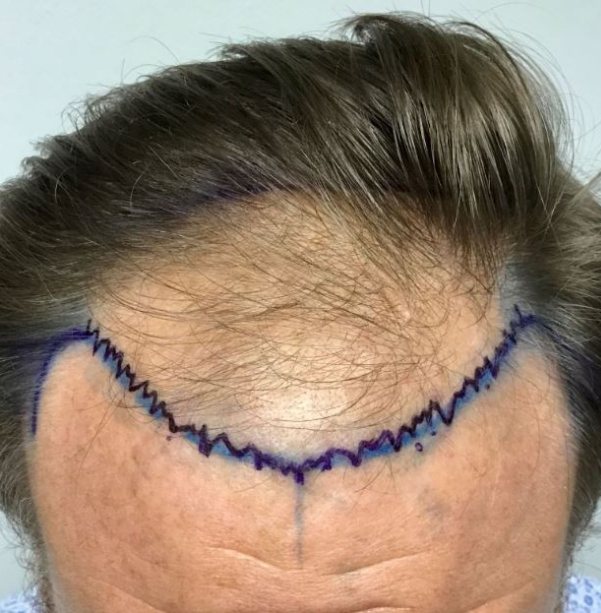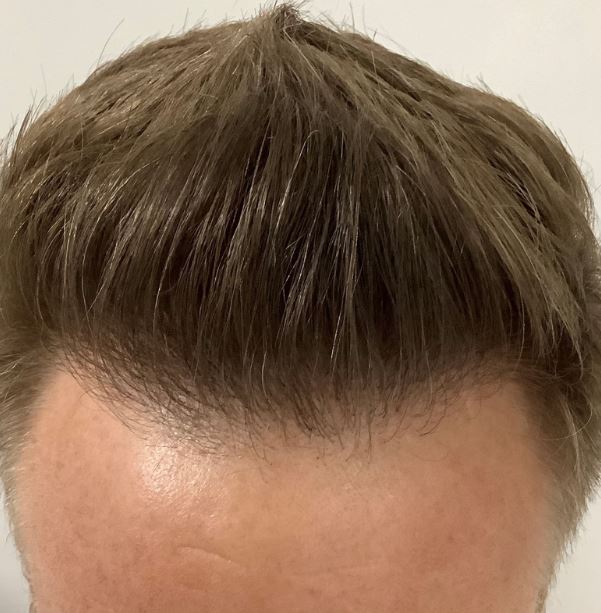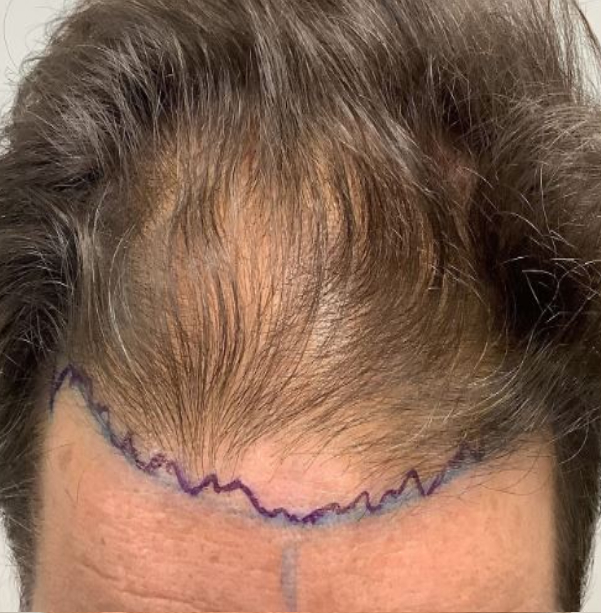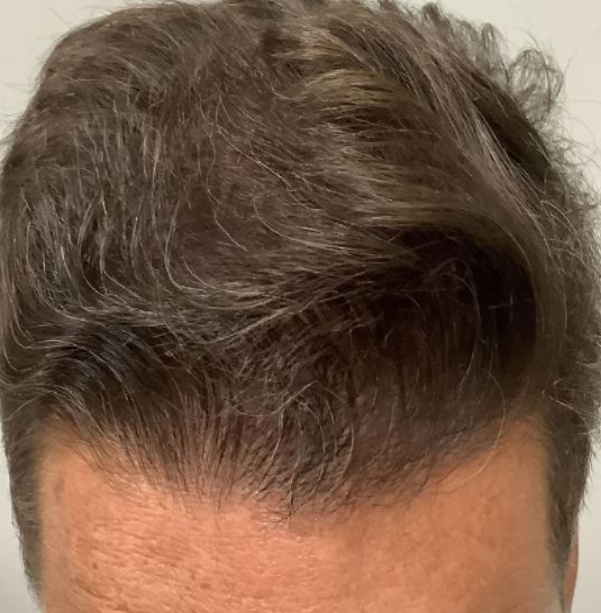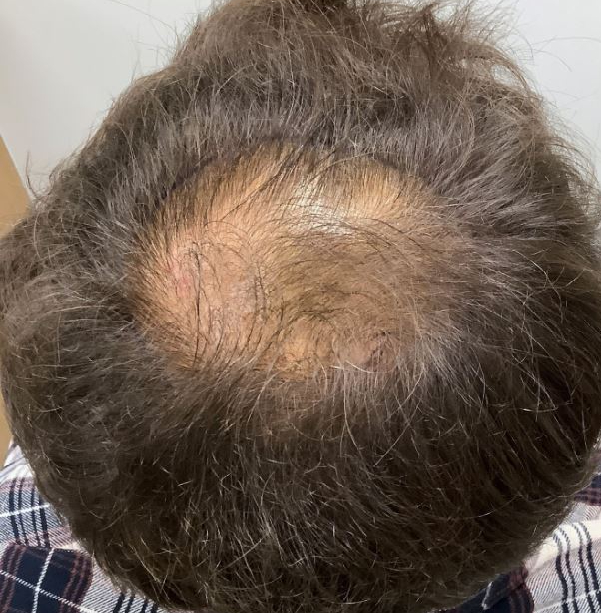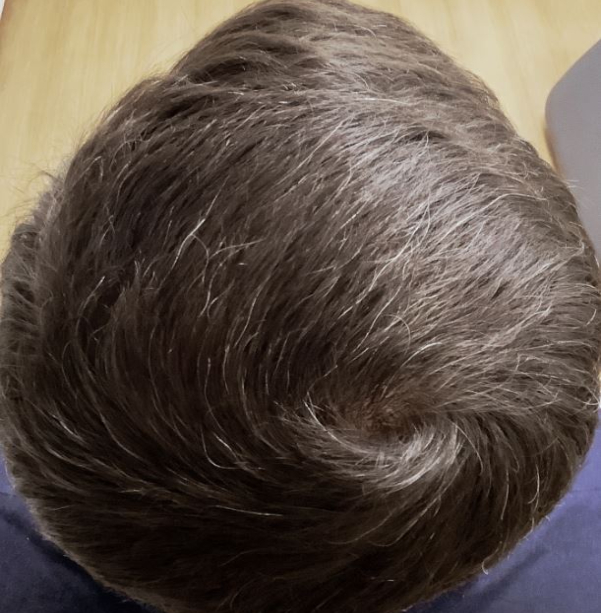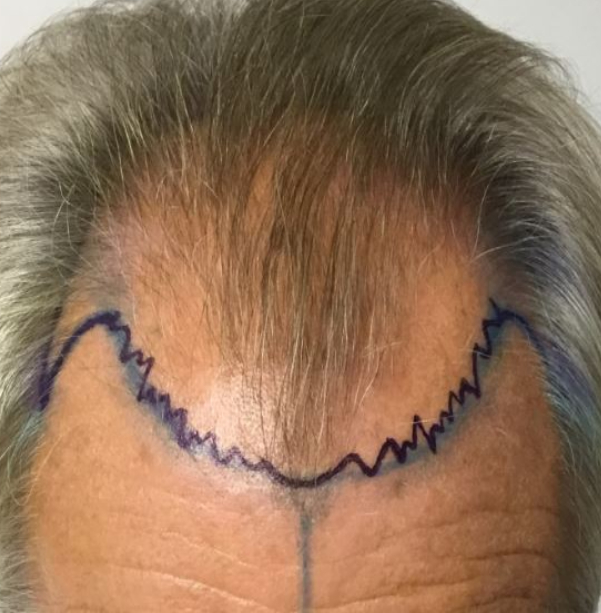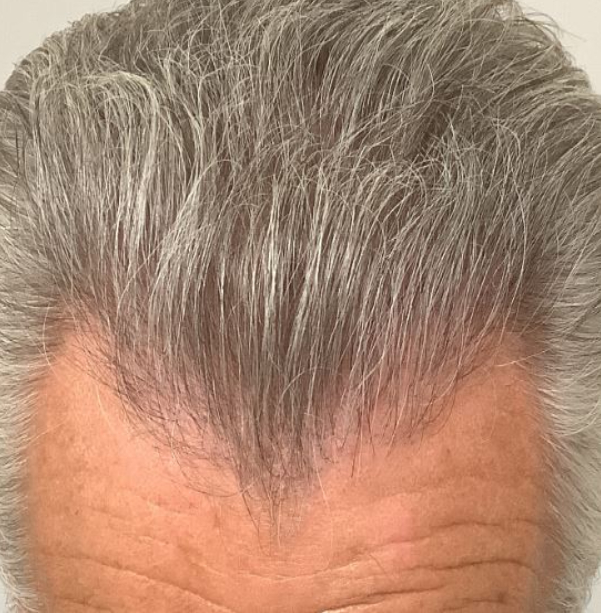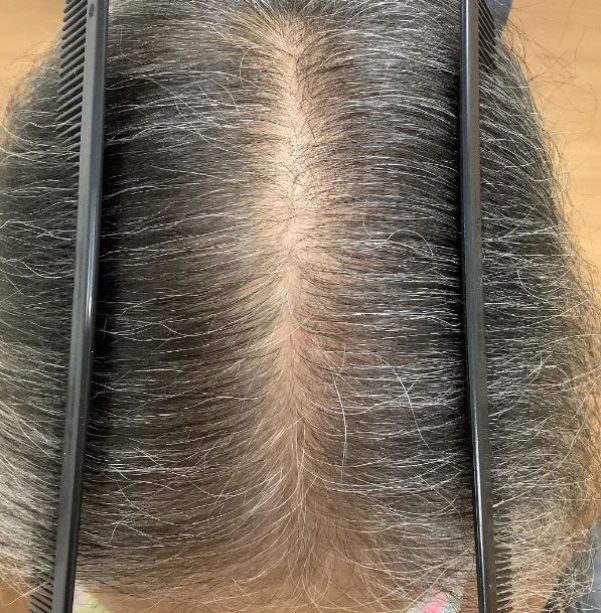MOSAIC® Hair Restoration
A Unique Concept in Hair Transplant Surgery
Hair restoration surgeons generally design the recipient area in predetermined zones each composed entirely of one, two or three hair follicular units. Assuming the ultimate goal of a transplant procedure is to achieve the most natural appearing results; it is contradictory that the procedure is carried out in this manner since, in nature, follicular units of different hair numbers exist naturally in the scalp but are not confined to discreet zones. In fact, we have observed that follicular units naturally occur in an arrangement consisting of unique percentages of one, two, and three hair follicular units in different mixed configurations with unique inter-follicular distances – in other words: a unique Mosaic® for each individual.
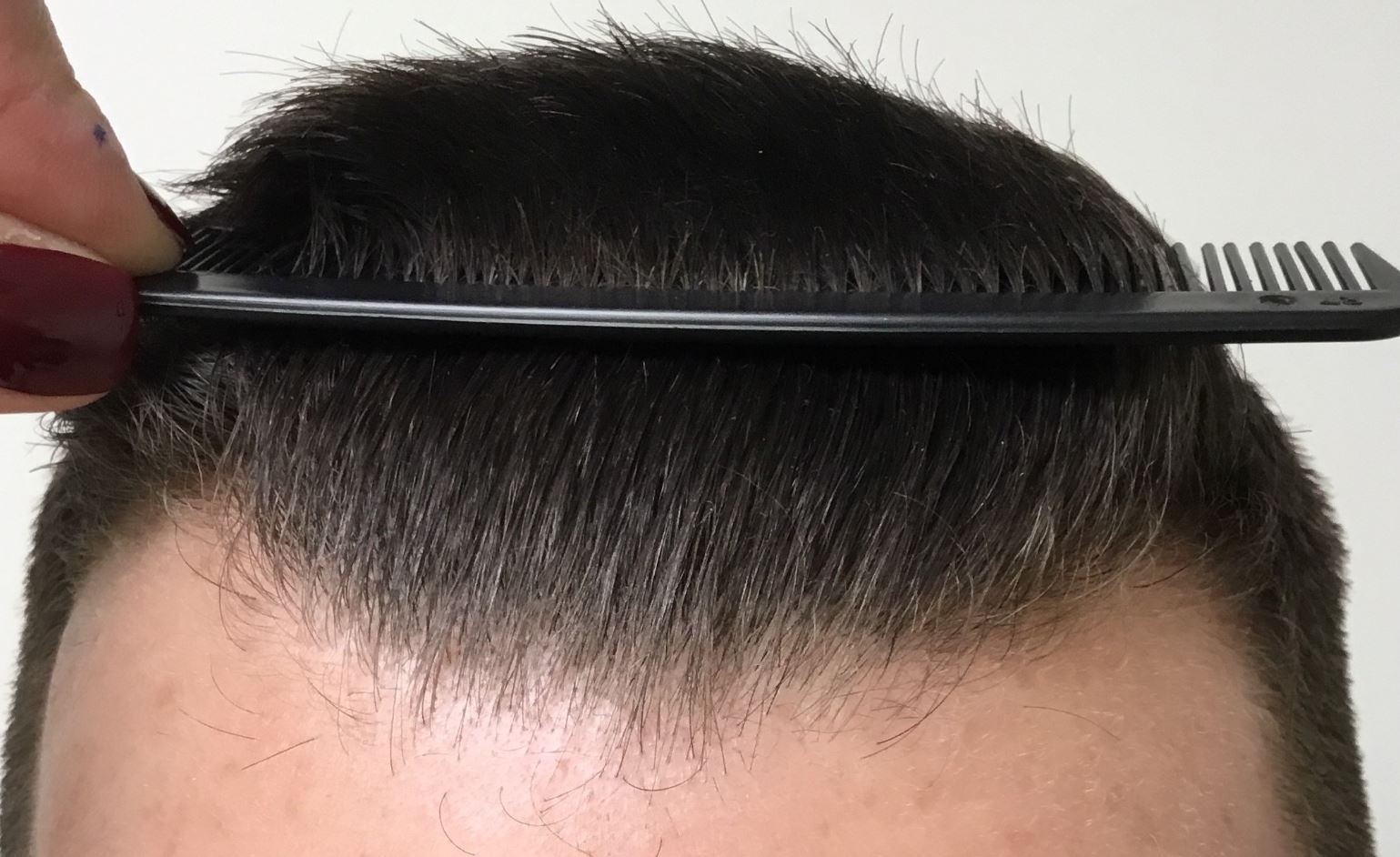
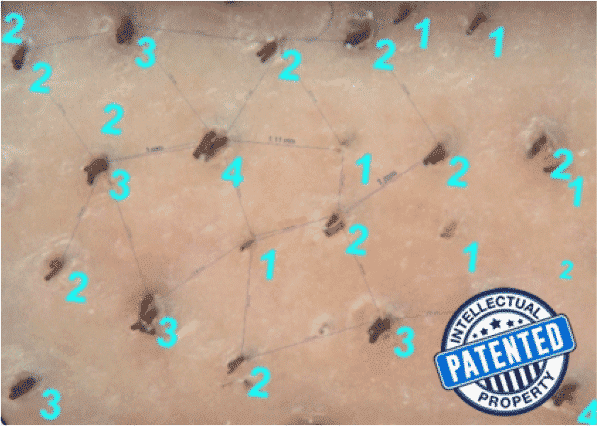
Before the procedure, we obtain several magnified images of the patient’s scalp in areas unaffected by the balding process. We analyze the images to tabulate the percentages of one, two and three hair follicular units and determine their topographical arrangement unique for that patient. This data is then used for creating a personalized design for implantation of the balding or thinning recipient area. In our experience, this approach achieves the most natural, undetectable hair transplantation results.


